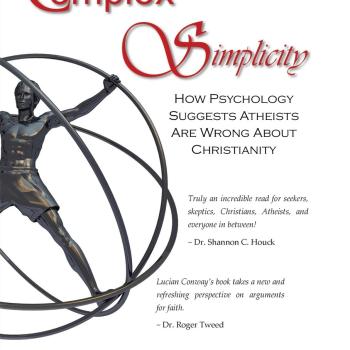
Social Psychology began within philosophy. It was assumed early in the development of psychology that inward reflection was the key to understanding behavior. This shifted within the mid-20th century when Behaviorism became the dominant paradigm in the field of psychology. Behaviorism rejected the idea of an unseen mind or even those activities which occur in the brain but cannot be seen. Instead, the focus of behaviorism was only on what could be seen: that is, how the person physically acted in response to environmental conditions or stimuli. However, cognitive psychology began to re-emerge in the late 20th century with the development of computer logic and methods of observing physiological phenomena connected to behavior through MRI, measuring facial movements, perspiration on skin and the like (Fiske & Taylor, 2017; GoPaul, 2021).
A distinction must be made, however, between how individuals perceive objects and how they perceive other human beings or social entities. Whereas objects can be perceived in terms of accidental properties such as color, texture, physical effects on the surrounding environment (heat emission, for instance), and usefulness for some purpose; social entities are assigned intrinsic properties such as emotions, motivations, and intent (Hamilton, 2005, p. 33). It is worth noting that Fisk and Taylor (2017) observe that these intrinsic properties can be assigned to animals, such as a pet dog, and both Frith (2008) and Heider (Hamilton, 2005, p. 34) recount experiments in which subjects observe shapes moving around a screen and begin to assign social characteristics to these objects based on their movement.
Finally, it is worth mentioning two methods of social perception which have been suggested in the history of social cognitive science. One question debated in the field is whether people form impressions from the bottom-up – taking individual observations and fitting them together to form a complex image of a person as a whole (algebraic). The other takes a top-down approach (configural) (Fisk & Taylor, 2017, p. 28). Heider illustrates this view as he writes of how, when two entities are moving in a direction, the entity perceived as the more powerful of the two will be perceived as chasing if behind, or leading if ahead (Hamilton, 2005, p. 34). The top down approach assigns motivations to behaviors based on one’s overall impressions of the individual.
Conclusion
Social cognition has proven to be a useful, if not accurate, tool by which to explore individual’s perception of others and of how one perceives others. Behaviorism, a competing model, would claim that social cognition can produce no empirical methodology by which to determine perceptions. This objection has been robbed of its potency with the development of new tools to measure physical effects of mental processes.
Social cognition forms a foundation upon which broader fields of psychology and sociology must stand in order to explain the way individual behavior and mental processes work to form the social structures one desires to define and measure.
References
Fiske, S. T., & Taylor, S. E. (2017). Social Cognition: From brains to culture. SAGE.
Hamilton, D. L. (2005). Social Cognition: Key readings. Psychology Press.
Frith C. D. (2008). Social cognition. Philosophical transactions of the Royal Society of London. Series B, Biological sciences, 363(1499), 2033–2039. https://doi.org/10.1098/rstb.2008.0005
GoPaul, M. (2021, October). Introduction: What is Social Cognition. PSYCH812 Social Cognitive Development.


















